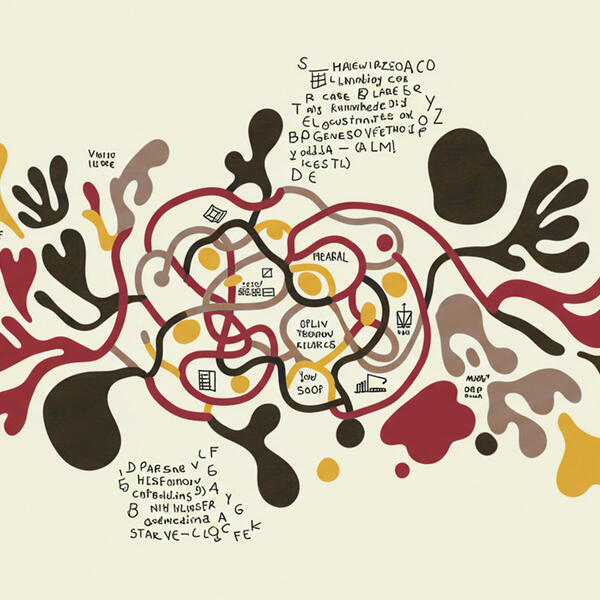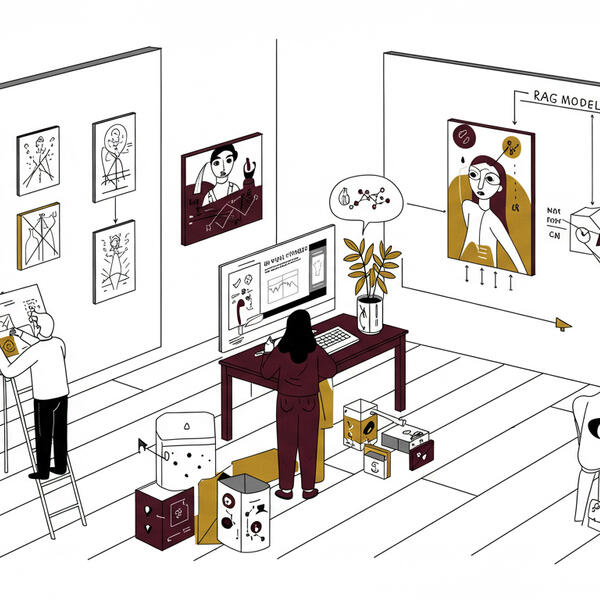
When to Use CreateAI Beta vs. Production: What You Need to Know
What Is CreateAI Beta Environment?
The Beta environment was the very first version of CreateAI and it played a huge role in shaping the platform. Faculty, staff, and challenge participants used it to explore early features, give feedback, and help us fix bugs.
Today, Beta is still live, but it serves a very specific purpose:
- Testing new, unreleased features,
- Providing early feedback to the product team,
Participating in feature pilots or innovation programs (like the AI Innovation Challenge)
Beta is not stable, and it’s not optimized for day-to-day work. It’s updated often, may contain bugs, and isn’t monitored the same way as Production.
What Is CreateAI Production Environment?
Production is the official, stable version of CreateAI ready for teaching, research, student use, and real-world projects. It includes:
- All tested and approved features
- Performance optimizations
- Regular support from the ASU AI team
- Compatibility across CreateAI Builder, Chat, Compare, and Knowledge Base
Production is hosted at: https://platform.aiml.asu.edu
Whether you’re creating bots, drafting instructions, or just exploring ideas this is where you should be working. Even if your project isn’t "ready for students" yet, you should still be building in Production.
Note: Want to Test New Features Early?
If you're interested in exploring upcoming tools and helping shape CreateAI, you're always welcome to join our Beta user group. As a beta user, you’ll; Get early access to experimental features, Help us test and provide feedback before full release, Stay connected to what’s coming next
Request access here: ai.asu.edu/technical-foundation/join-the-create-ai-lab-user-group
We’d love to have you in the lab!
Common Misunderstanding:
“But I’m not launching my bot yet can’t I just use Beta until it’s ready?”
Nope. If you're not testing an unreleased feature, Beta isn't where you should be working. Any development, prep work, or internal use should happen in Production so you benefit from stability, support, and future-proofing.
What you should know:
Use This | When You’re... |
Production | Creating anything for real use even early-stage bots |
Beta | Actively testing new features, part of a pilot, or giving structured feedback |
If you're unsure which environment you’re in, or you need help switching over, just reach out, we’re happy to assist.
Let’s keep things clear, supported, and stable for everyone. Thanks for helping us build CreateAI the right way.
Keep Reading
How to Use Knowledge Base (RAG)
Explore an overview of the Knowledge Base and Retrieval Augmented Generation (RAG) methods. Learn about the different types of Knowledge Base retrieval and understand the distinctions between the Knowledge Base and system prompts.
CreateAI Platform Available LLM Models
We are proud to offer 40+ models including multi-modal (voice, image, text) for the ASU community to access securely on the CreateAI Platform. Users can find the following models available for experimentation and use in CreateAI Compare, CreateAI Chat, and CreateAI Builder (access request required). Originally posted: January 1, 2025.
Breakdown of RAG Model Parameters, Settings and Their Impact
Retrieval-Augmented Generation (RAG) is an advanced approach in natural language processing that integrates information retrieval and generative language modeling. Unlike traditional language models that generate responses solely based on their pre-trained knowledge, RAG combines retrieval mechanisms with generative models to enhance the relevance and accuracy of its responses. This hybrid framework works by first retrieving relevant documents or information from a predefined knowledge base (e.g., databases, documents, or PDFs) and then using a generative model (such as a transformer-based model) to synthesize a response that incorporates the retrieved context.


